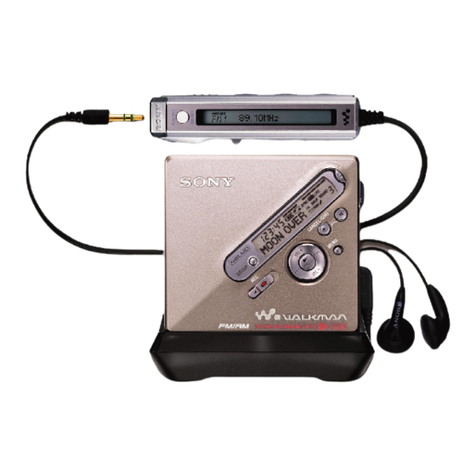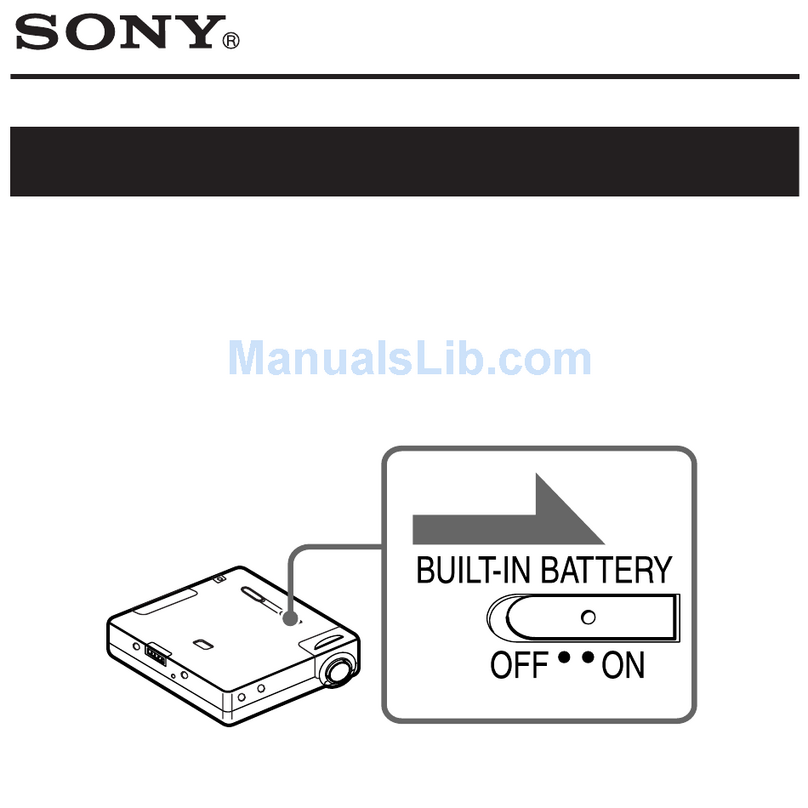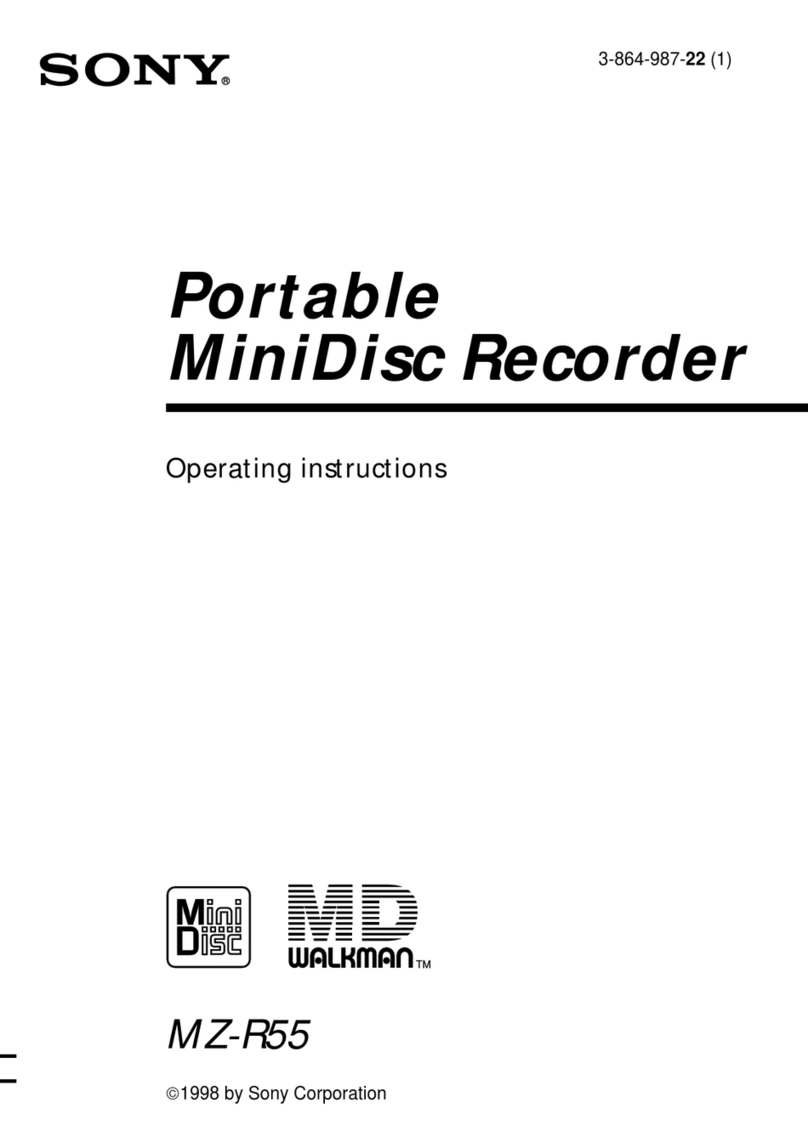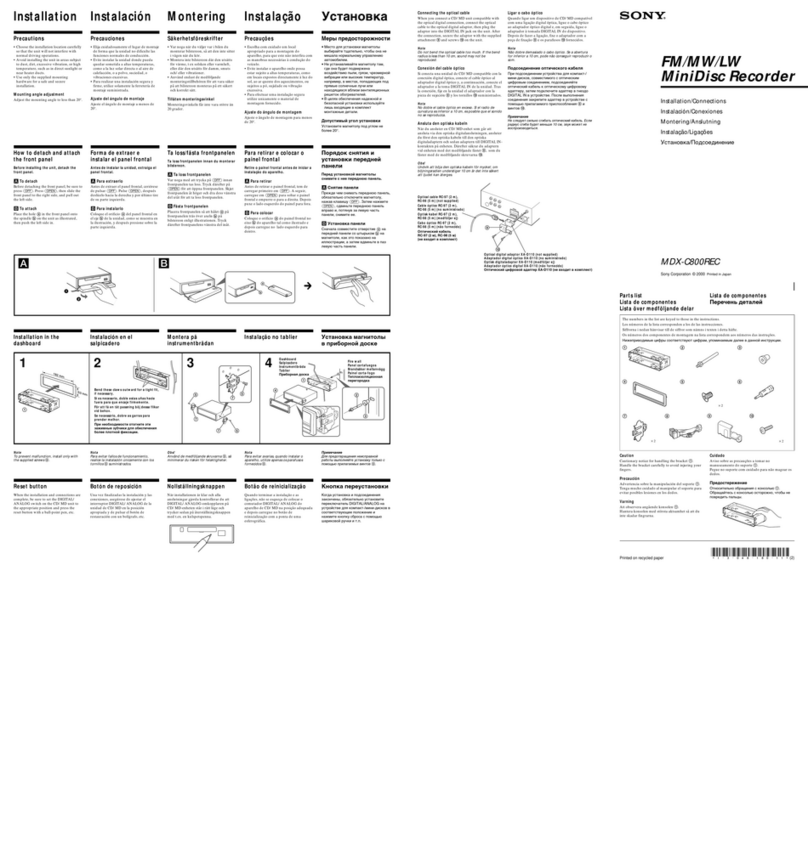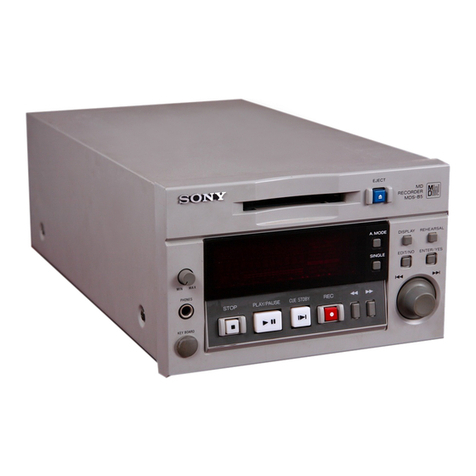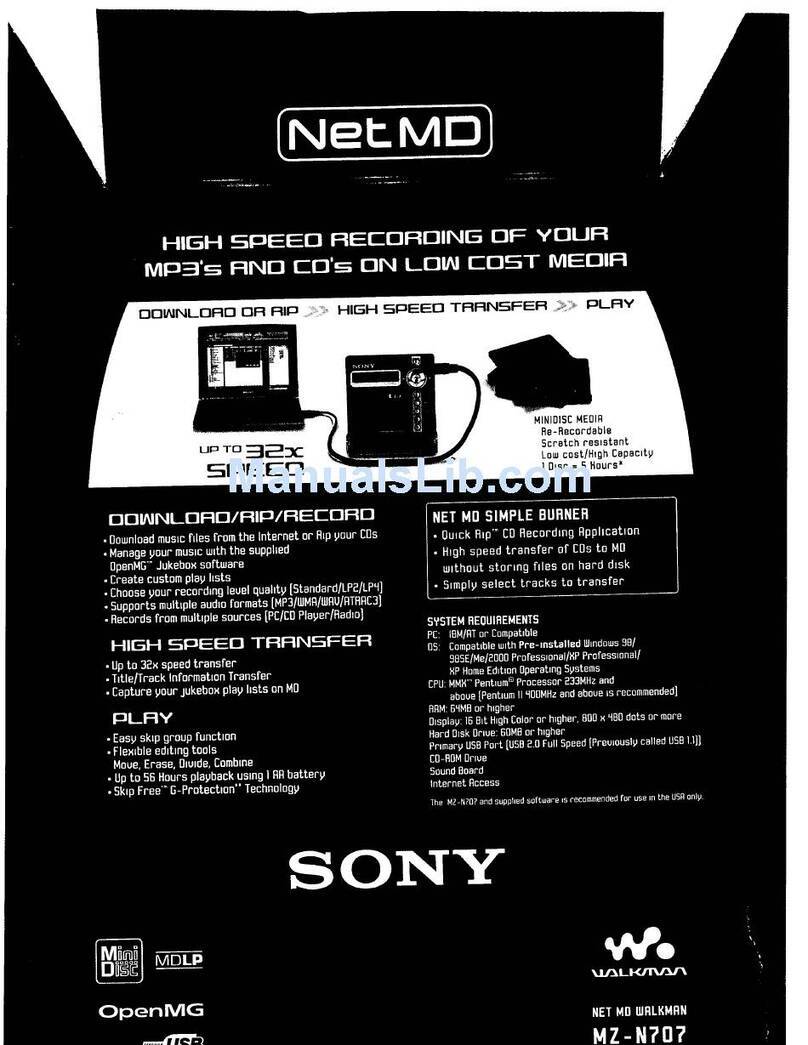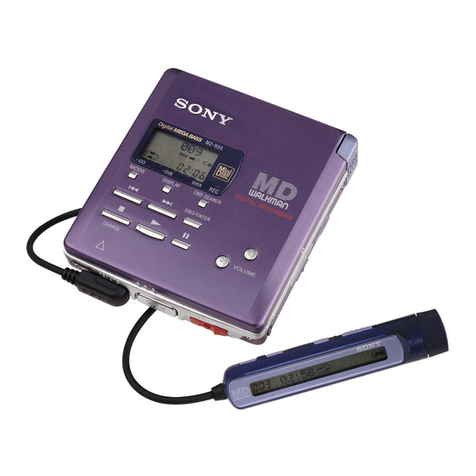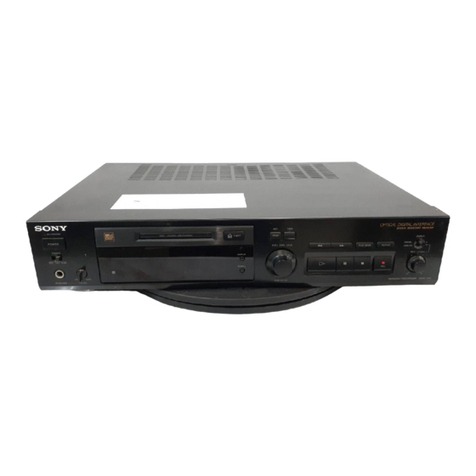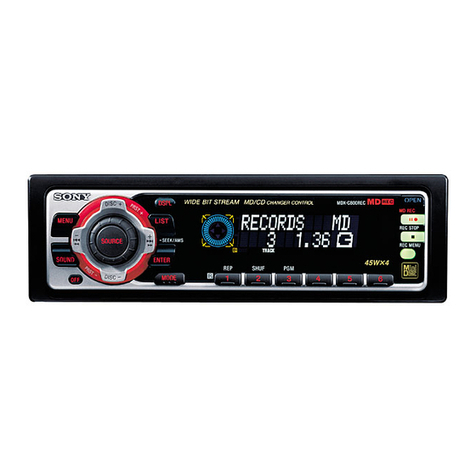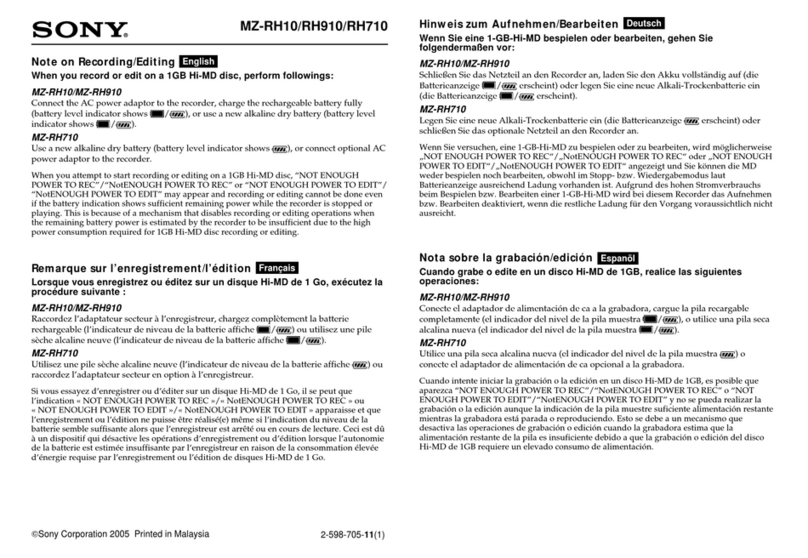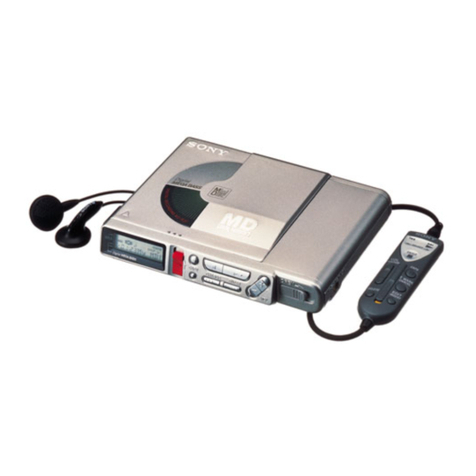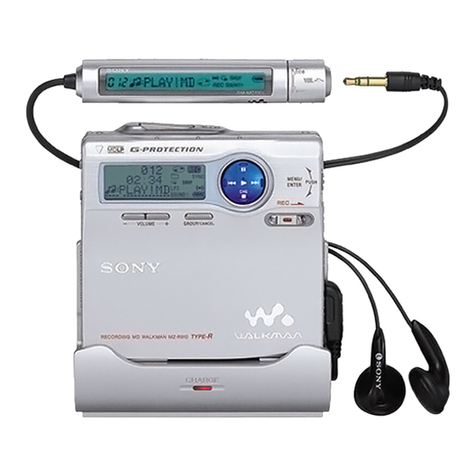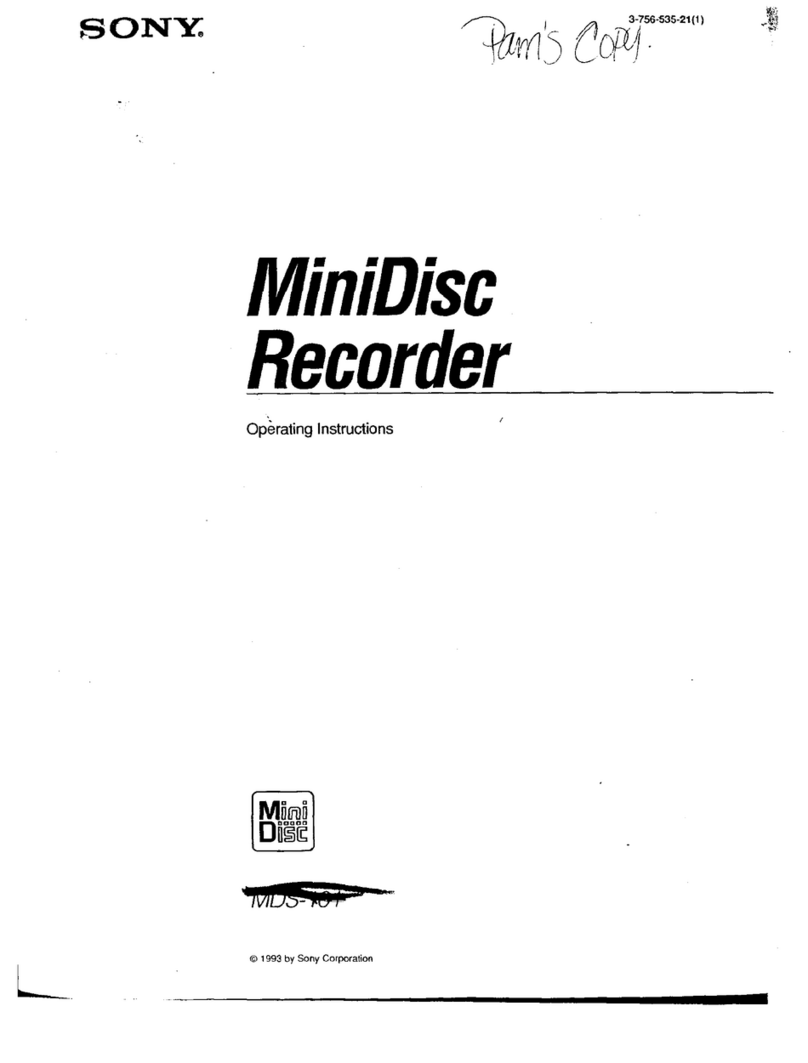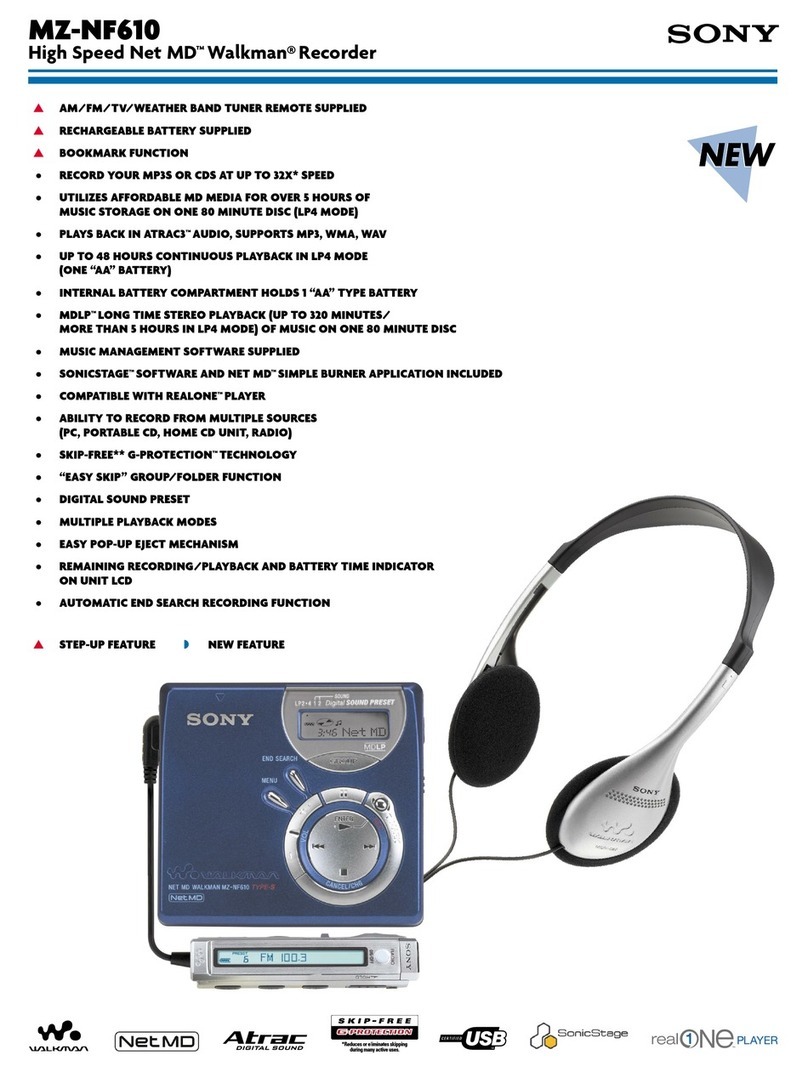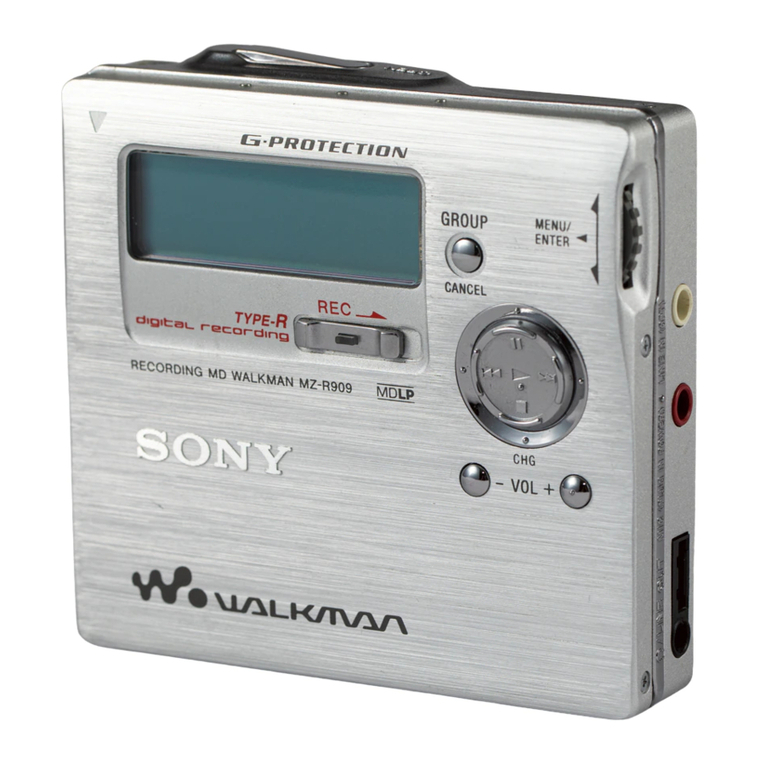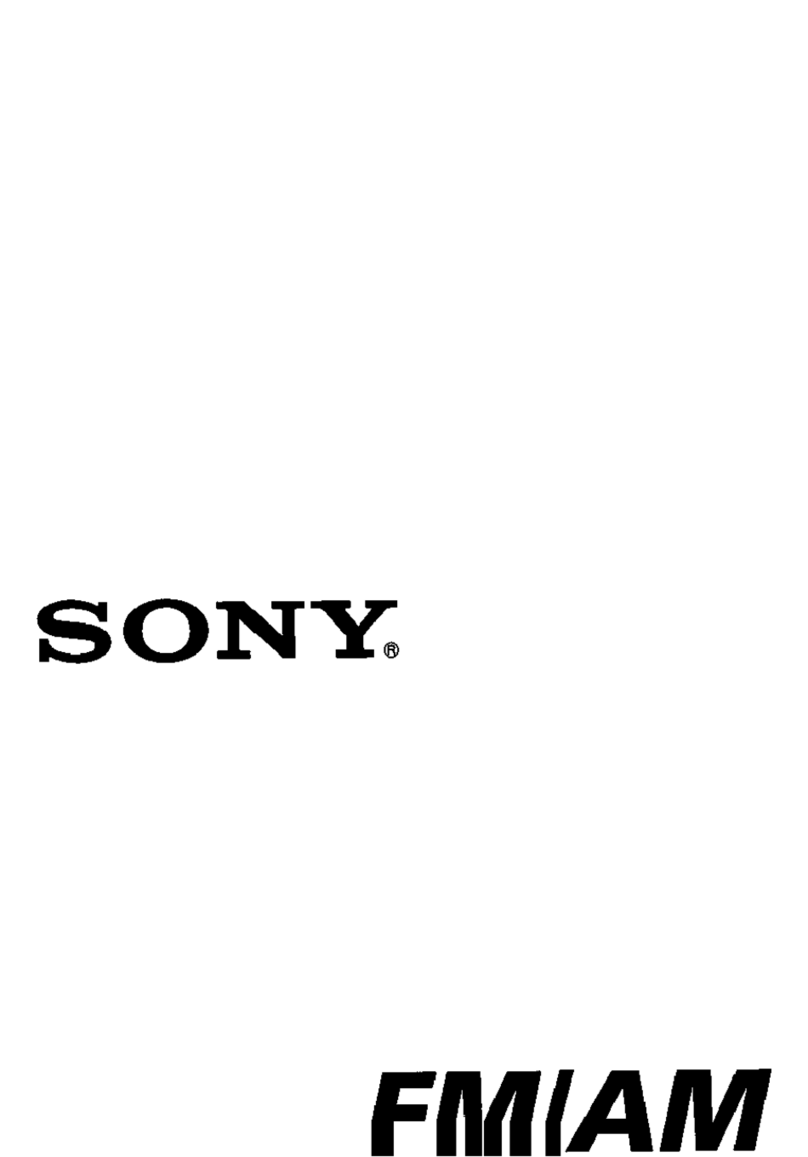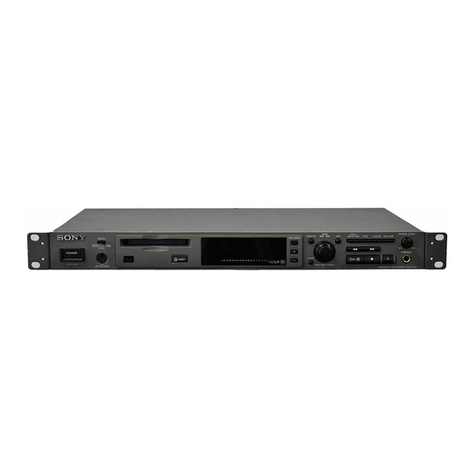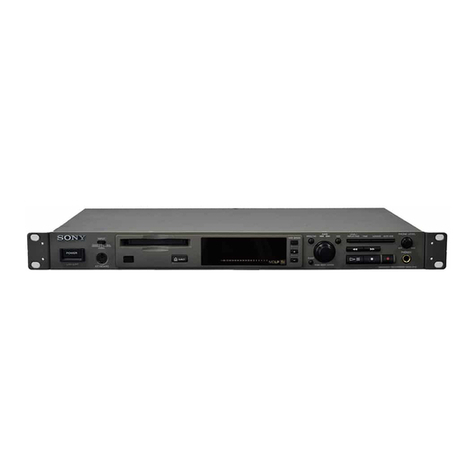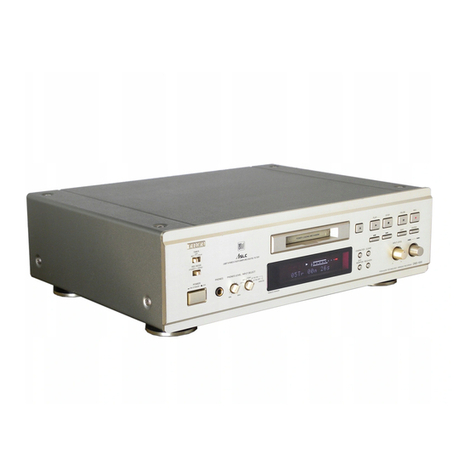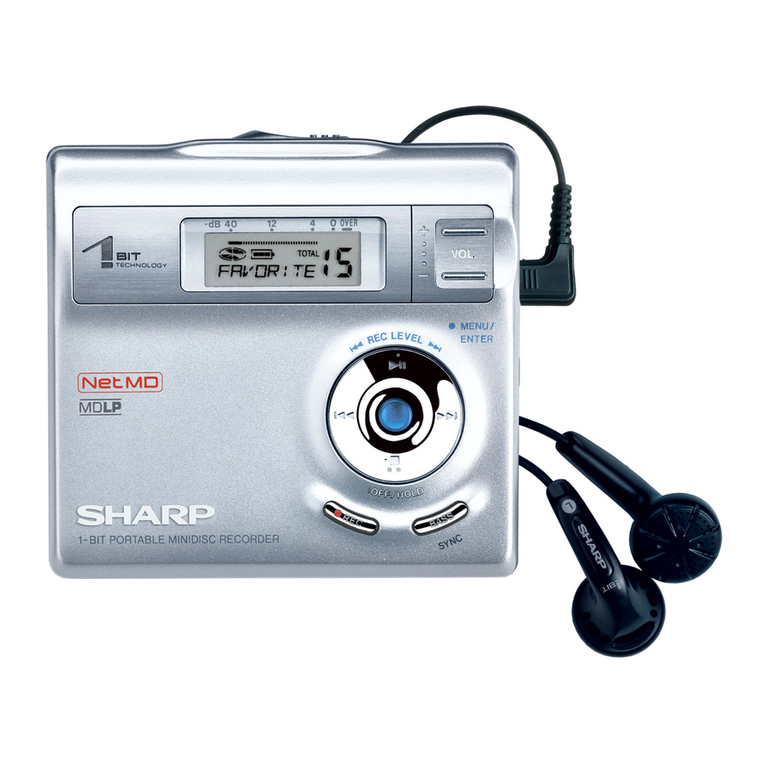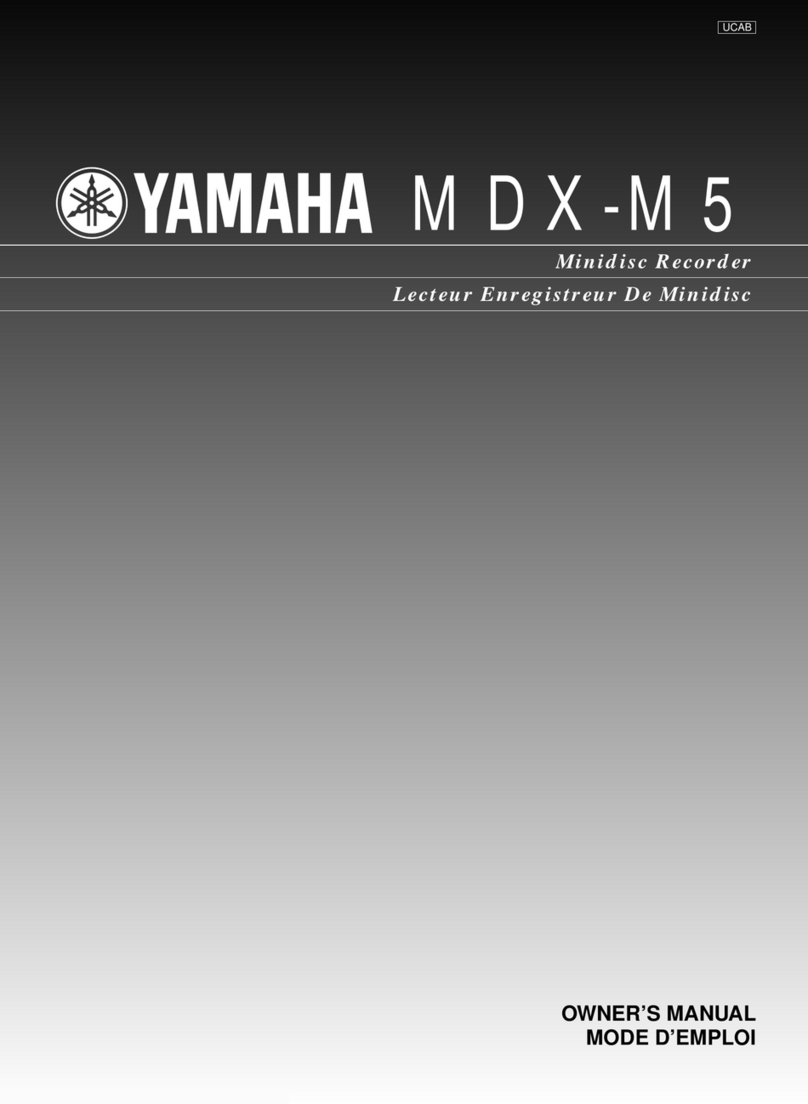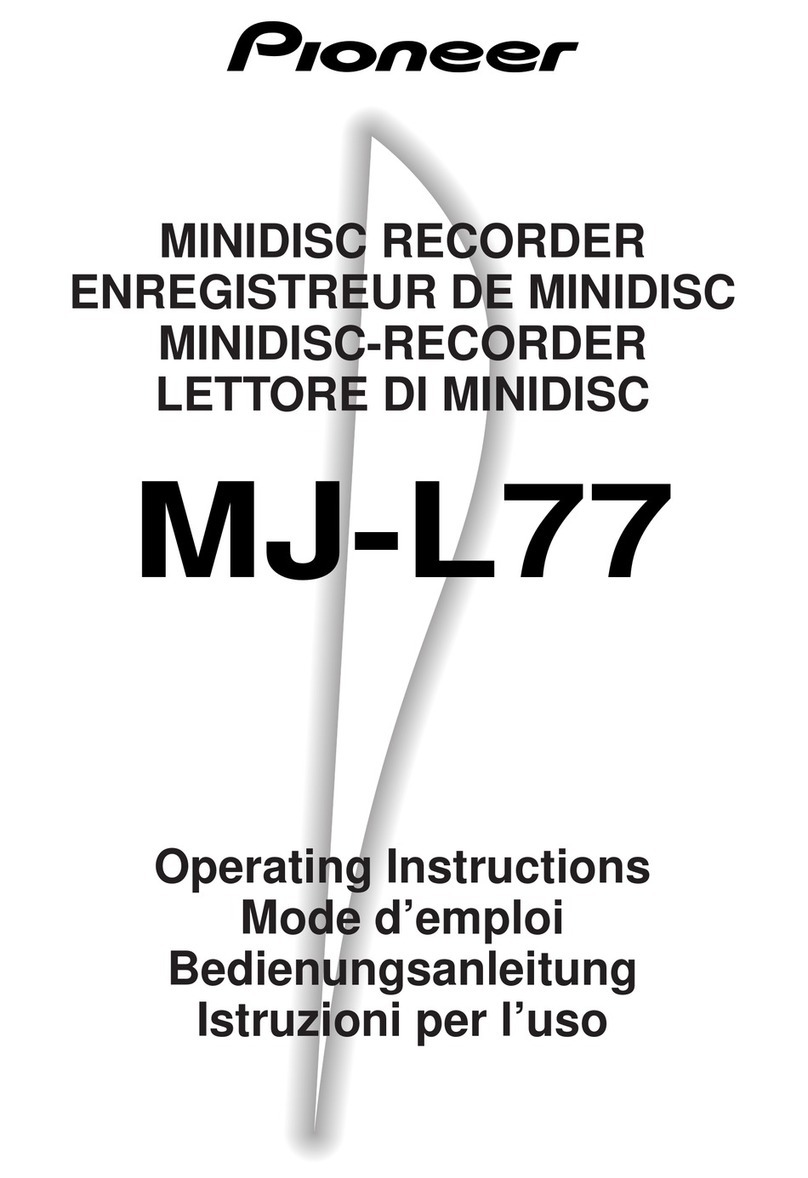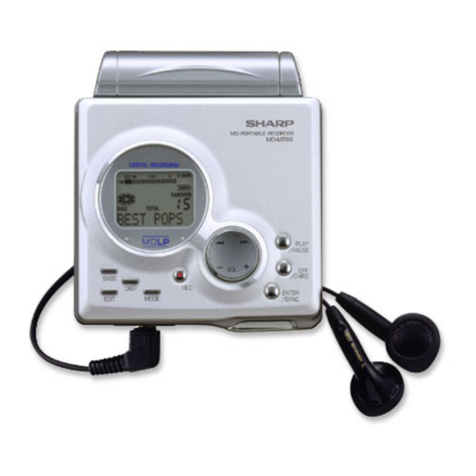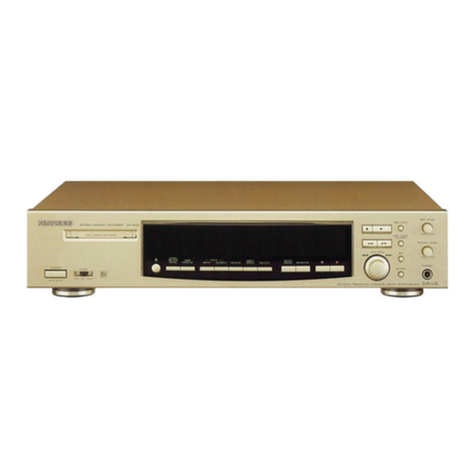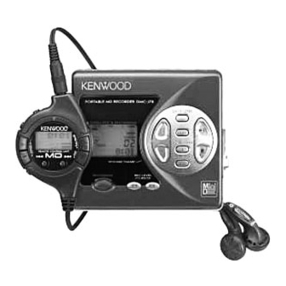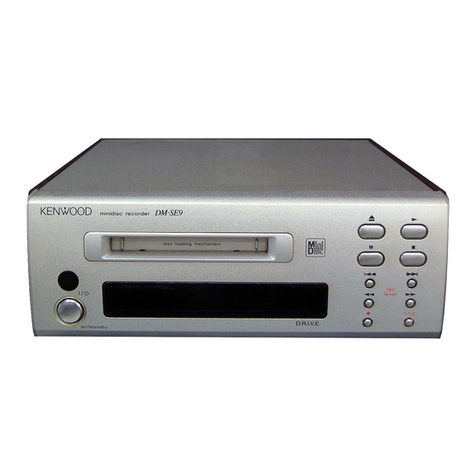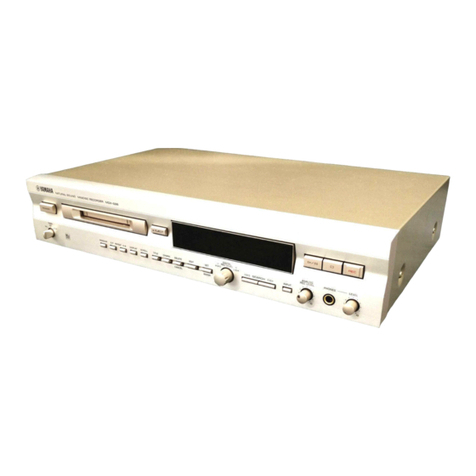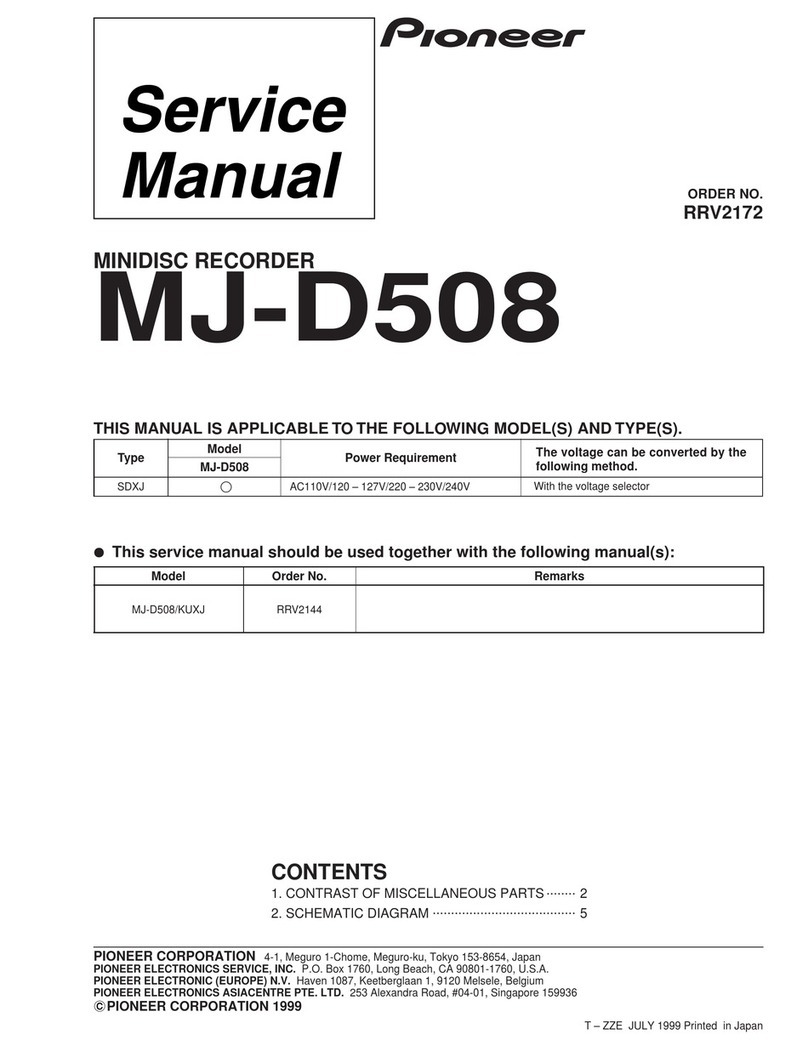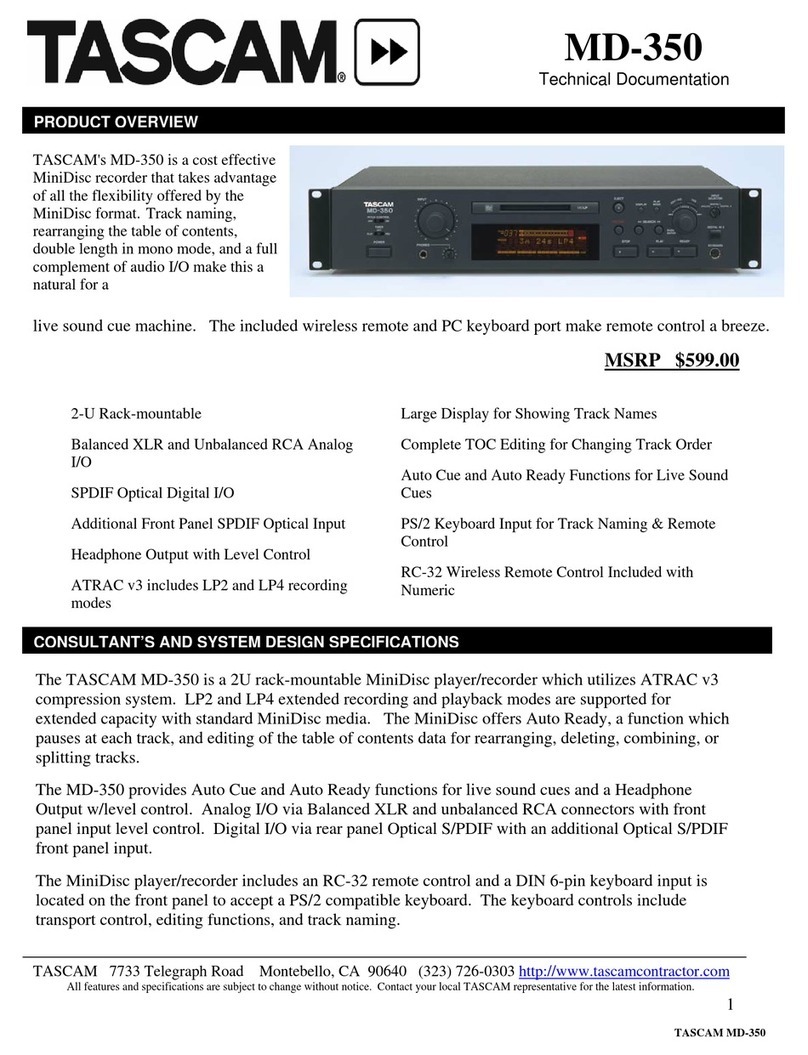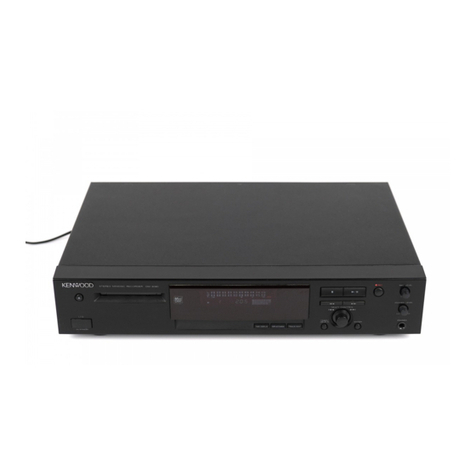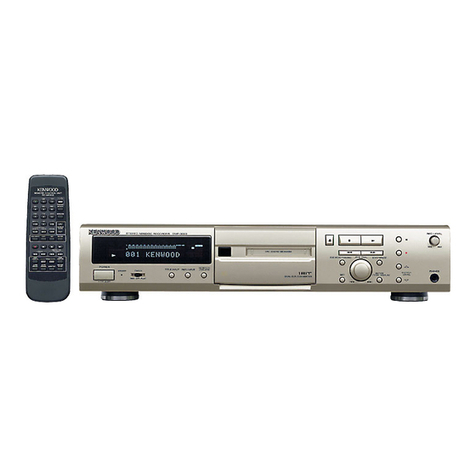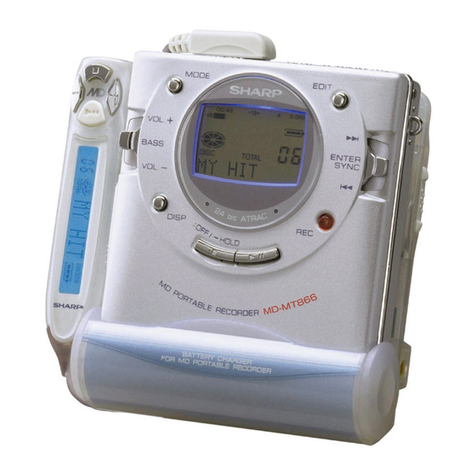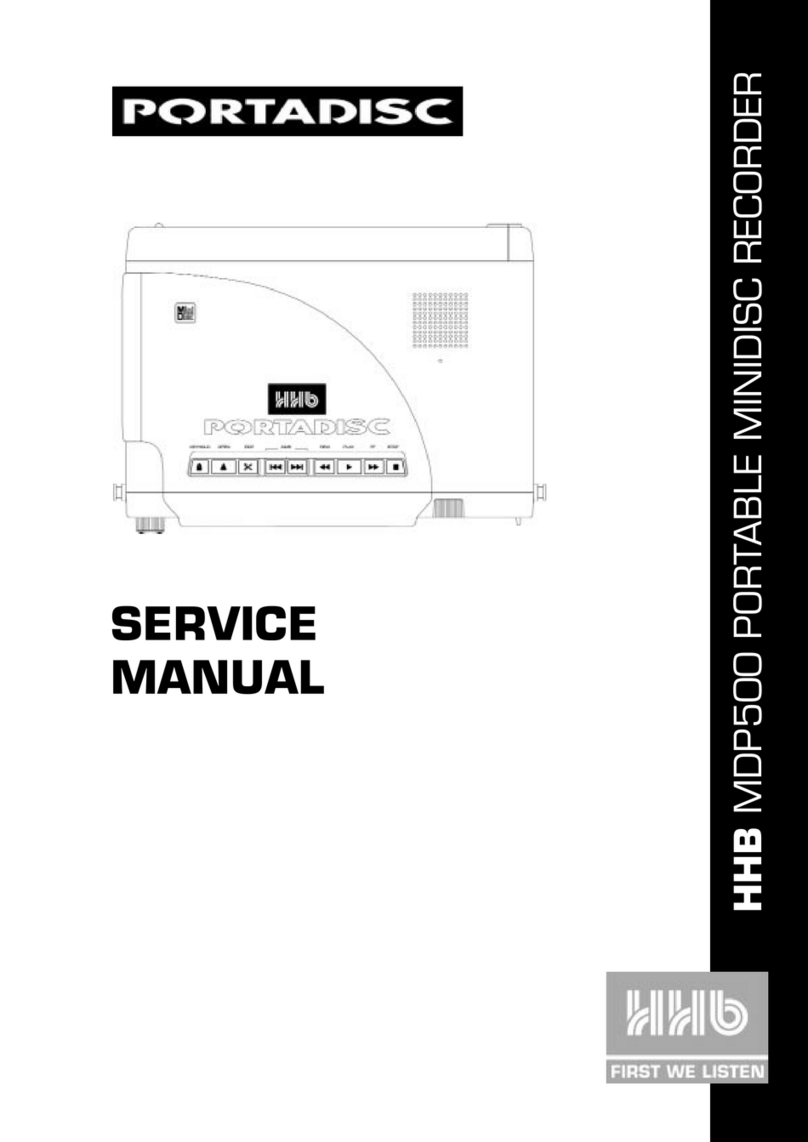– 5 –
TABLE OF CONTENTS
1. SERVICING NOTE ..........................................................6
2. GENERAL ........................................................................11
3. DISASSEMBLY
3-1. Front Panel ......................................................................... 35
3-2. Slider (Cam) ........................................................................ 35
3-3. Base Unit (MBU-5B) and BD Board .................................. 36
3-4. SW Board and Loading Motor (M103) .............................. 36
4.TEST MODE ..................................................................... 37
5. ELECTRICAL ADJUSTMENTS ............................... 41
6. DIAGRAMS
6-1. Circuit Boards Location ......................................................50
6-2. Block Diagrams
• BD Section ....................................................................... 51
• Input/Output Section ........................................................ 53
• Control Section ................................................................55
• Power Section ..................................................................58
6-3. Printed Wiring Board – BD Section –................................. 61
6-4. Schematic Diagram – BD (1/2) Section –........................... 63
6-5. Schematic Diagram – BD (2/2) Section –........................... 65
6-6. Schematic Diagram – Jack (1/2) Section – ......................... 67
6-7. Schematic Diagram – Jack (2/2) Section – ......................... 69
6-8. Printed Wiring Board – Jack Section – ............................... 71
6-9. Printed Wiring Board – Main Section –..............................73
6-10. Schematic Diagram – Main (1/5) Section – ......................77
6-11. Schematic Diagram – Main (2/5) Section – ......................79
6-12. Schematic Diagram – Main (3/5) Section – ......................81
6-13. Schematic Diagram – Main (4/5) Section – ......................83
6-14. Schematic Diagram – Main (5/5) Section – ......................85
6-15. Schematic Diagram – BD Switch Section – ..................... 87
6-16. Printed Wiring Board – BD Switch Section –...................87
6-17. Printed Wiring Board – Panel Section –............................89
6-18. Schematic Diagram – Panel Section – .............................. 91
6-19. Printed Wiring Board – Power Section – ..........................93
6-20. Schematic Diagram – Power Section – ............................. 95
6-21. Printed Wiring Board – Trans Section – ........................... 97
6-22. Schematic Diagram – Trans Section – ..............................99
6-23. IC Block Diagrams......................................................... 101
6-24. IC Pin Functions............................................................. 105
7. EXPLODED VIEWS
7-1. Case Section ...................................................................... 115
7-2. Front Panel Section ........................................................... 116
7-3. Chassis Section ................................................................. 117
7-4. Mechanism Deck Section (MDM-5B) .............................. 118
7-5. Base Unit Section (MBU-5B) ........................................... 119
8. ELECTRICAL PARTS LIST ......................................120
